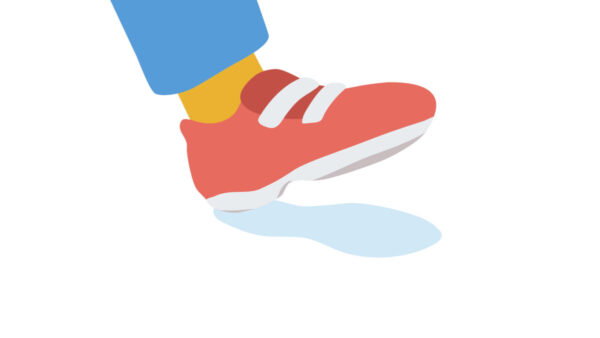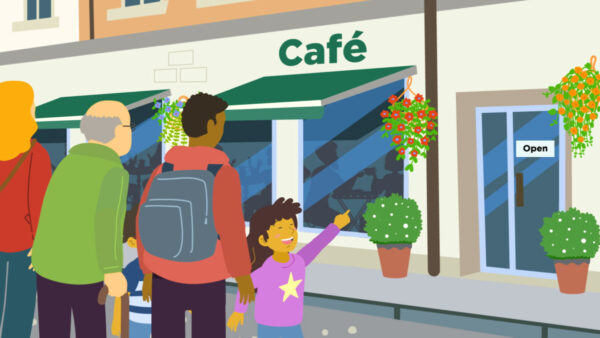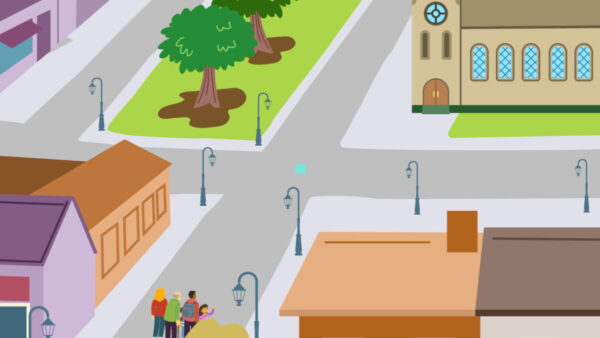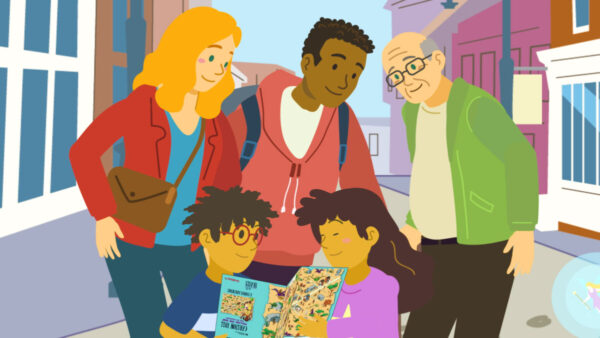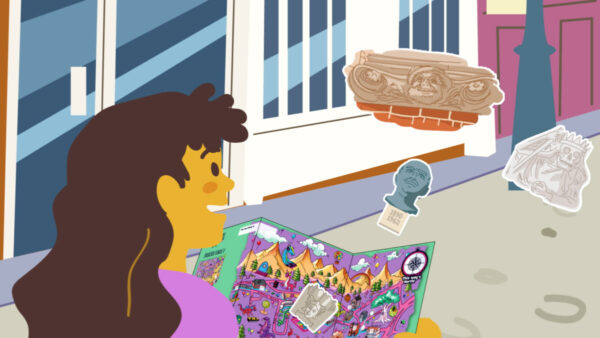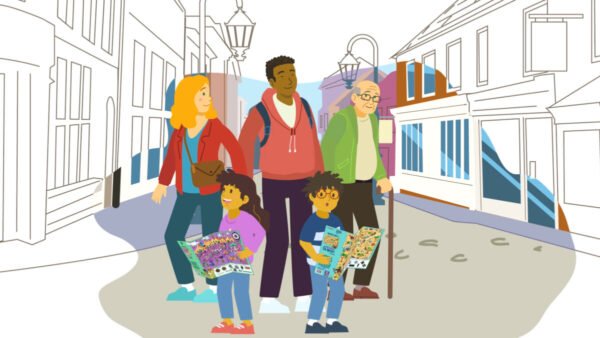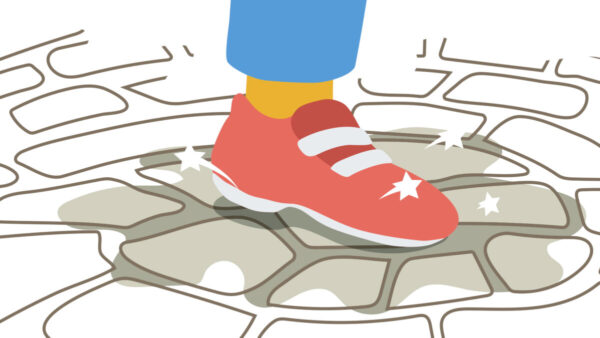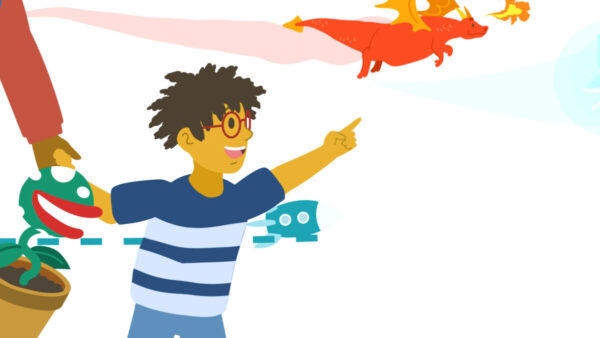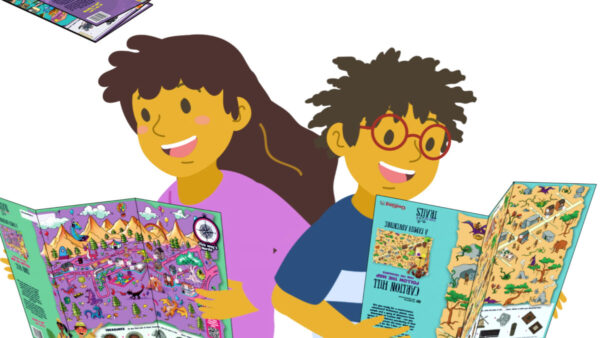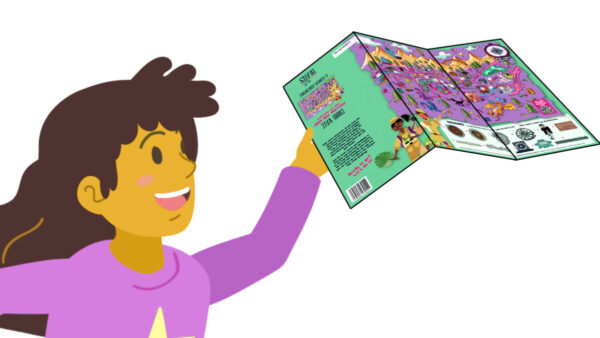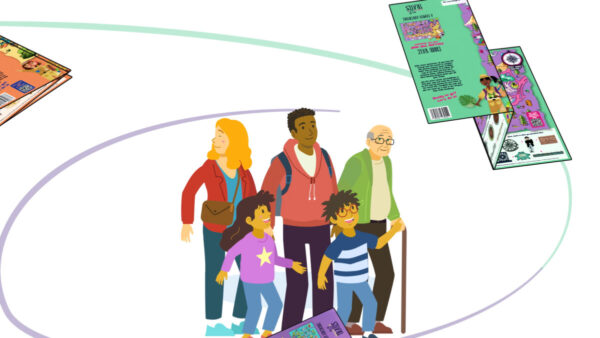Stills from the Animation:
Key Objectives:
-
Showcase the maps: Explain the unique features, such as interactive elements and artefact locations.
-
Engage families: Demonstrate how the maps inspire children to explore towns in a fun and imaginative way.
-
Support client communications: Provide a clear, visually appealing tool for councils, Business Improvement Districts (BIDs), and local businesses to understand the value of the initiative and share it with stakeholders.
Target Audience:
Primary: Councils, BIDs, and local businesses.
Secondary: Parents, families, and educators.
Production Highlights:
-
Illustration: All assets were illustrated in Adobe Illustrator, maintaining a whimsical, family-friendly style.
-
Animation: Produced in Adobe After Effects, with DUIK used for character rigging.
-
Usage: The animation will be used in sales communications, LinkedIn advertising, and presentations for potential clients.
The animation brings the Treasure Map Trails concept to life, helping families imagine adventures in their local areas while showing councils and businesses the benefits of encouraging exploration, activity, and local engagement.
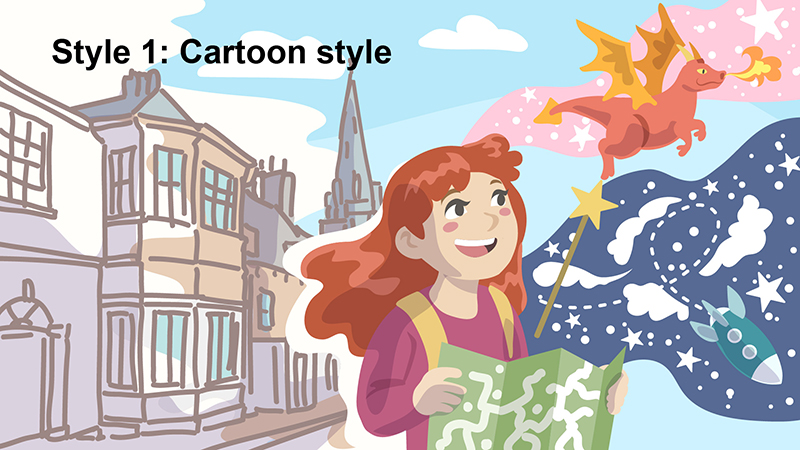
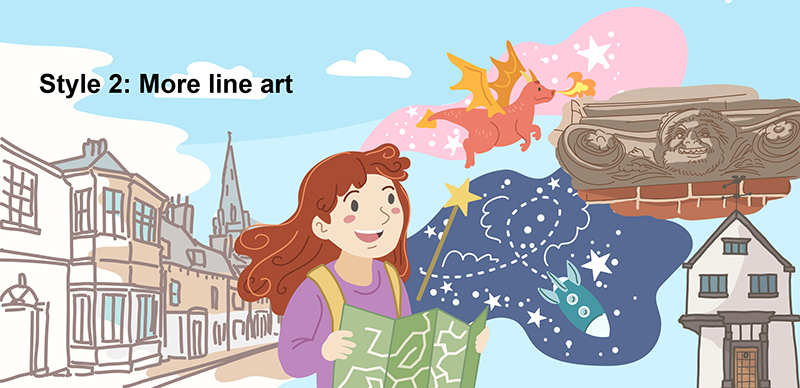
Final style concept after revisions
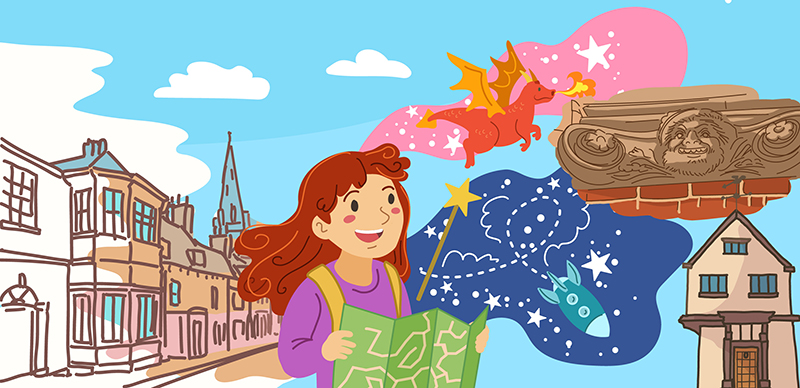
A storyboard was sketched out based on the script in Photoshop then uploaded to Boords. The storyboard images were then put into a video sequence with a draft voiceover recording so we could test the timings and ensure the script and images made sense when played together.
At this point we made some script and image revisions before moving to the next stage.
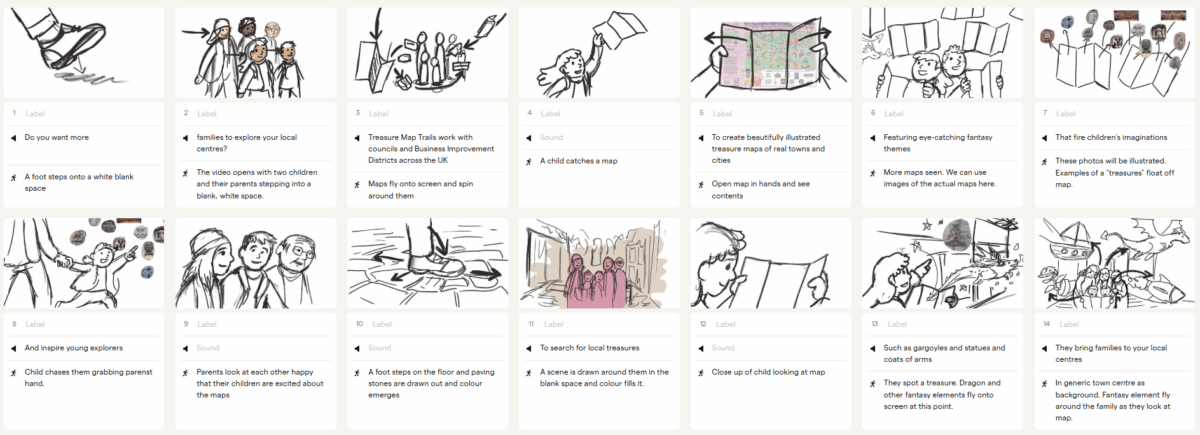
Once the sketched storyboards were signed off, the storyboards were illustrated in the style design.
The illustrations were created using Adobe Illustrator.
Some revisions were made before moving onto the next production phase.
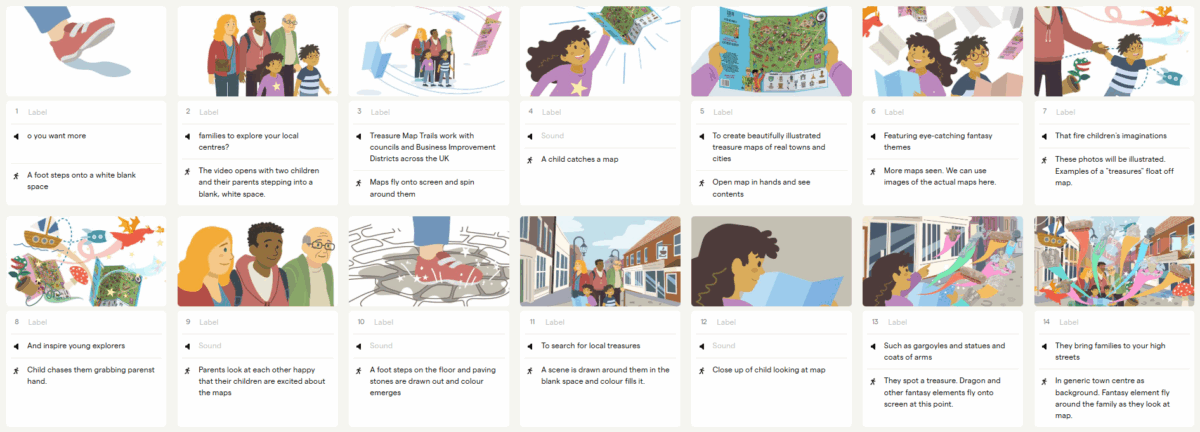
The animation phase started by preparing all the illustrations for animation. This involved separating artwork out onto layers and naming them.
Illustrator files were imported into Adobe After Effects then animated.
A professional voice over artist recorded the script then the audio track was mixed and edited so it could be animated in time to.
The characters were rigged in After Effects with DUIK. This create controllers to move their arms, legs, heads, eyes and other features to make the animation process more efficient.
